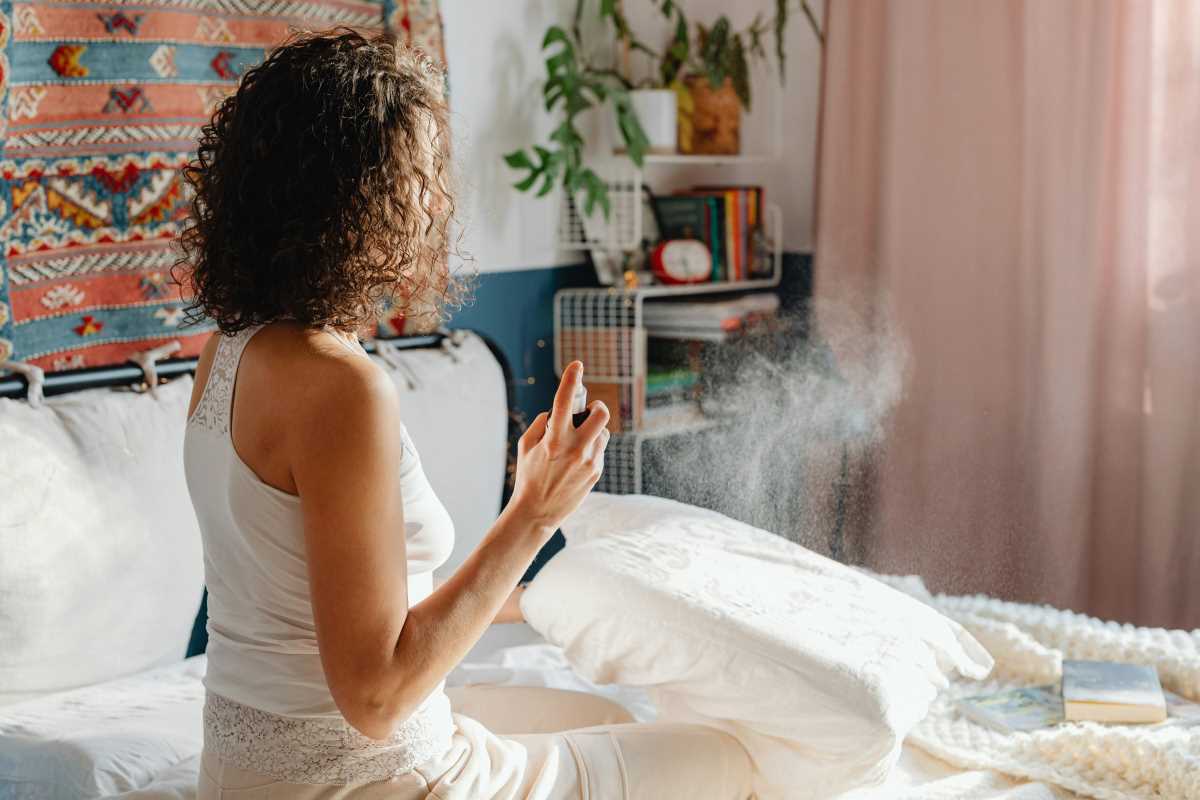A fresh and welcoming atmosphere at home doesn't require relying on chemical-heavy commercial products. Opting for an eco-friendly lifestyle involves exploring natural alternatives that are both effective and sustainable. Homemade air fresheners offer a way to cleanse the air and lessen your environmental impact. With simple ingredients that are easy to find, you can create pleasing aromas that not only elevate your living space but also reflect your commitment to environmental consciousness. Embrace the opportunity to craft delightful scents that harmonize with your green values, transforming your indoor environment into a haven of natural refreshment.
Benefits of Homemade Air Fresheners
- Eco-Friendly: Reduces reliance on chemical-based commercial products, minimizing environmental impact.
- Cost-Effective: Utilizes inexpensive, readily available ingredients from your kitchen.
- Customizable: Tailors scents to your personal preferences using various essential oils.
- Non-Toxic: Safe for households with children and pets, avoiding harmful chemicals.
- Zero Waste: Encourages the use of recycled containers and sustainable materials.
Essential Oils and Their Uses
Essential oils serve as the cornerstone of homemade natural air fresheners, offering a wide array of scents and therapeutic benefits. Each oil has unique properties that can influence your mood and enhance the ambiance of your living space. For instance, lavender oil is renowned for its calming effects, making it perfect for bedrooms, while citrus oils like lemon and orange invigorate your senses in the kitchen or living areas.
When selecting essential oils, consider the intended atmosphere of each room. Eucalyptus and peppermint oils create a refreshing environment in bathrooms, while vanilla and cinnamon add a warm and cozy feel to your living spaces. Experimenting with different combinations helps you discover your favorite blends, ensuring that your home always smells delightful and inviting.
Top 10 Recipes for Homemade Air Fresheners
- Lemon and Mint Spray: Mix equal parts lemon juice and water with a few drops of peppermint oil in a spray bottle.
- Lavender Vanilla Sachets: Combine dried lavender and vanilla beans in small fabric bags and place them in drawers or closets.
- Citrus Cinnamon Diffuser: Add sliced oranges and a cinnamon stick to a mason jar filled with water and a few drops of orange essential oil.
- Eucalyptus and Rosemary Spray: Blend eucalyptus and rosemary oils with water in a spray bottle for a refreshing aroma.
- Tea Tree and Lemon Vaporizer: Use a reed diffuser with tea tree and lemon oils to purify the air naturally.
- Vanilla Almond Wax Melts: Melt soy wax with vanilla and almond essential oils, then pour into molds to set.
- Peppermint Cedar Air Freshener: Place cedar chips and a few drops of peppermint oil in a decorative bowl.
- Rosemary Citrus Infusion: Infuse fresh rosemary sprigs and citrus peels in a jar of water for a subtle scent.
- Grapefruit and Sage Spray: Mix grapefruit juice with sage essential oil and water in a spray bottle.
- Patchouli and Bergamot Sachets: Combine patchouli and bergamot oils in fabric sachets for a rich, earthy fragrance.
Tips for Sustainable Ingredients
Choosing the right ingredients is crucial for maintaining sustainability in your homemade air fresheners. Opt for organic and locally sourced essential oils to reduce your carbon footprint. Additionally, using recycled or reusable containers not only minimizes waste but also adds a rustic charm to your home decor. Consider repurposing glass jars, old spray bottles, or wooden boxes to store your air fresheners, ensuring that each creation is both functional and environmentally friendly. Various kitchen scraps and sustainable practices can inspire eco-friendly air fresheners that align with a zero-waste lifestyle.
Common Mistakes to Avoid
While creating homemade air fresheners remains straightforward, some common pitfalls require attention. One major mistake involves using too much essential oil, which can result in overpowering scents that may be unpleasant or even cause headaches. Start with a few drops and adjust according to your preference, ensuring a balanced and harmonious aroma.
Another error includes neglecting to properly sterilize containers, which can lead to mold growth and unpleasant odors. Always clean your containers thoroughly before use and allow your mixtures to dry completely. Avoid using essential oils that may cause allergic reactions or are toxic to pets, such as tea tree or citrus oils, in areas accessible to animals.
Homemade air fresheners enhance your home and support an eco-friendly lifestyle, offering a naturally fresh and healthy indoor environment with sustainable ingredients.
 (Image via
(Image via





